General Research Interests
- Air Pollution Exposure Modeling (Wildfires)
- Atmospheric Chemical Mechanism Development
- Atmospheric Dynamics and Climate Risk
CAMEO framework provides a unified database that integrates experimental observations, box model outputs, and detailed mechanistic information. Its querying functions and interactive visualization tools enable transparent and comprehensive comparisons between laboratory data and model predictions.
The Community Regional Atmospheric Chemistry Multiphase Mechanism (CRACMM) is a state-of-the-science chemical mechanism developed by the U.S. EPA for the Community Multiscale Air Quality Modeling System (CMAQ). This project aims to evaluate the accuracy of monoterpene chemistry representation in CRACMM using advanced mass spectrometry data, with a focus on detailed gas- and particle-phase products.
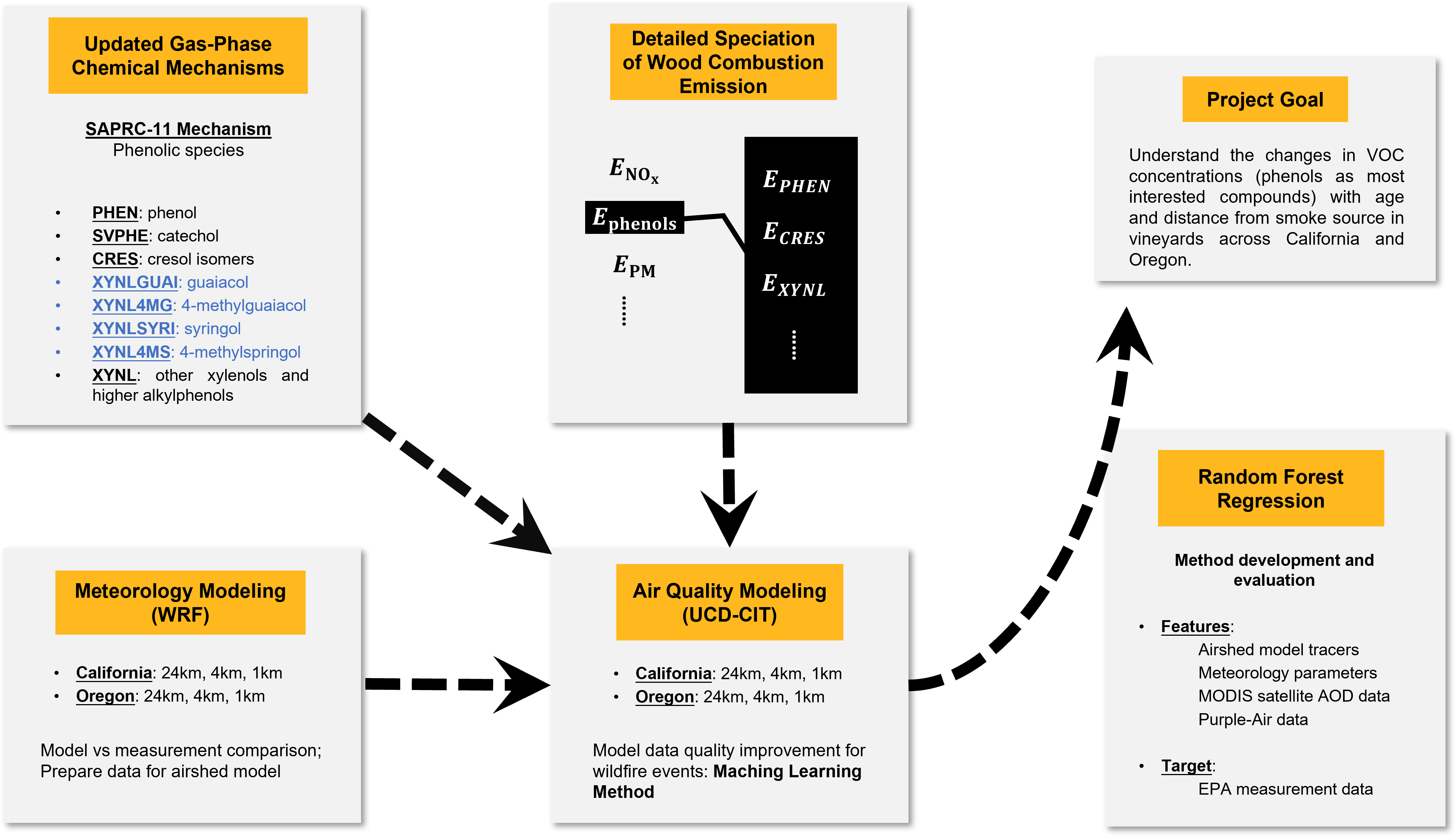
This project aims to improve chemical transport model predictions of wildfire smoke exposure by enhancing emissions inventories, updating chemical mechanisms, and applying machine learning–based data fusion.

New chemical mechanisms for wildfire-derived VOCs were developed and evaluated using the SAPRC modeling system. This work also marked the first use of MechGen to connect gas-phase chemistry with SOA formation, advancing air quality modeling of wildfire emissions.
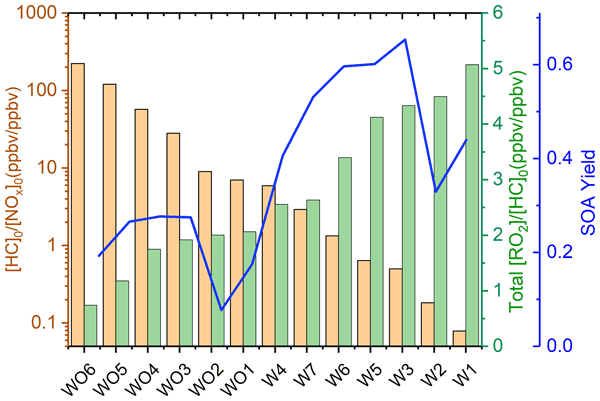
Chamber-derived secondary organic aerosol (SOA) yields from camphene are reported here for the first time. The influence of peroxy radicals (RO2) was investigated using chemically detailed box models. Notably, this study is the first to show that low concentrations of NO can enhance the formation of oxygenated organic molecules (HOMs) in the atmosphere.
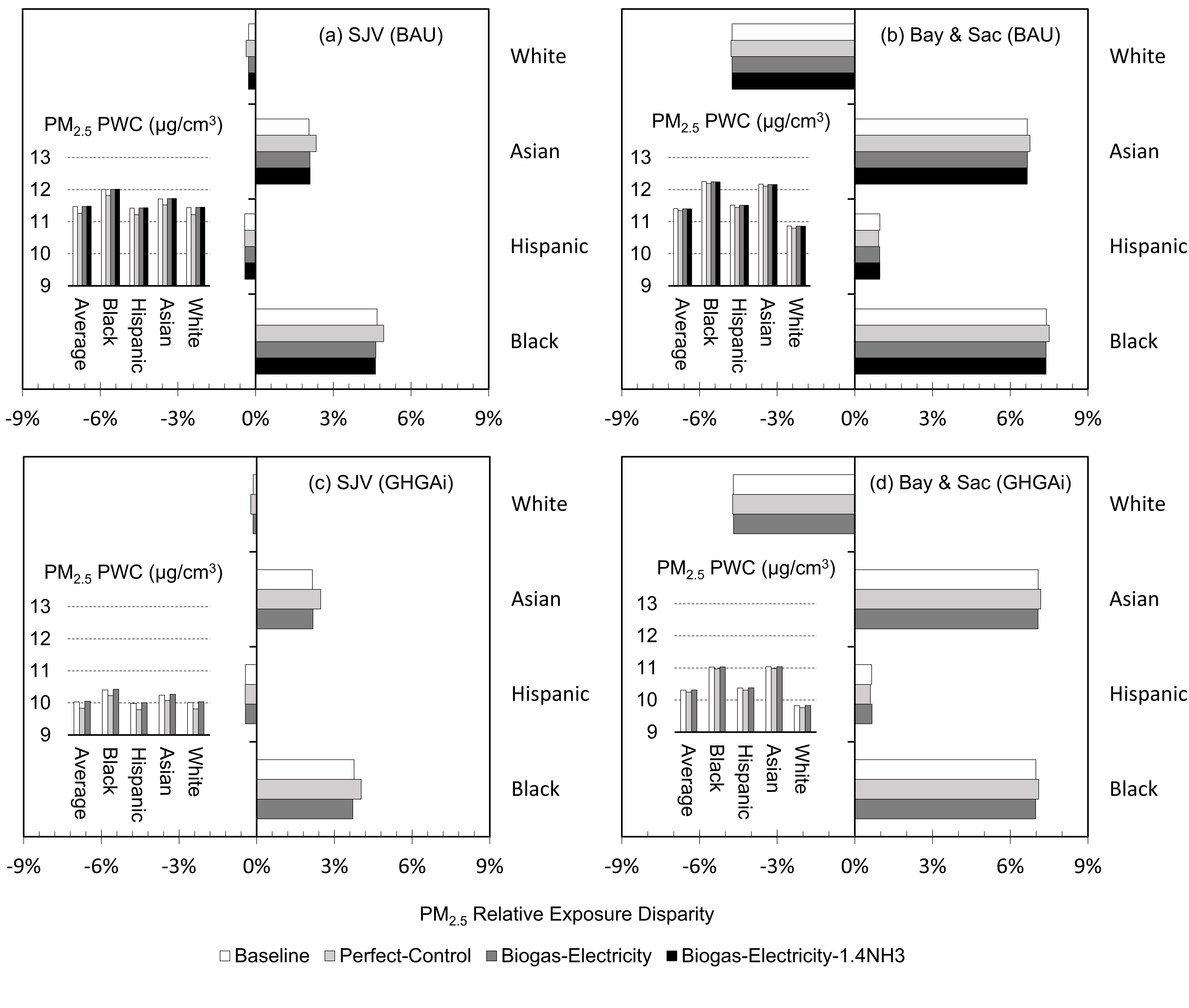
Anaerobic digesters on California dairy farms can significantly reduce methane emissions with minimal impact on air quality. Modeling for the year 2050 in the San Joaquin Valley shows slight changes in PM2.5 and ozone levels, negligible health risks, and no effect on environmental justice disparities, supporting digesters as a low-risk GHG reduction strategy.
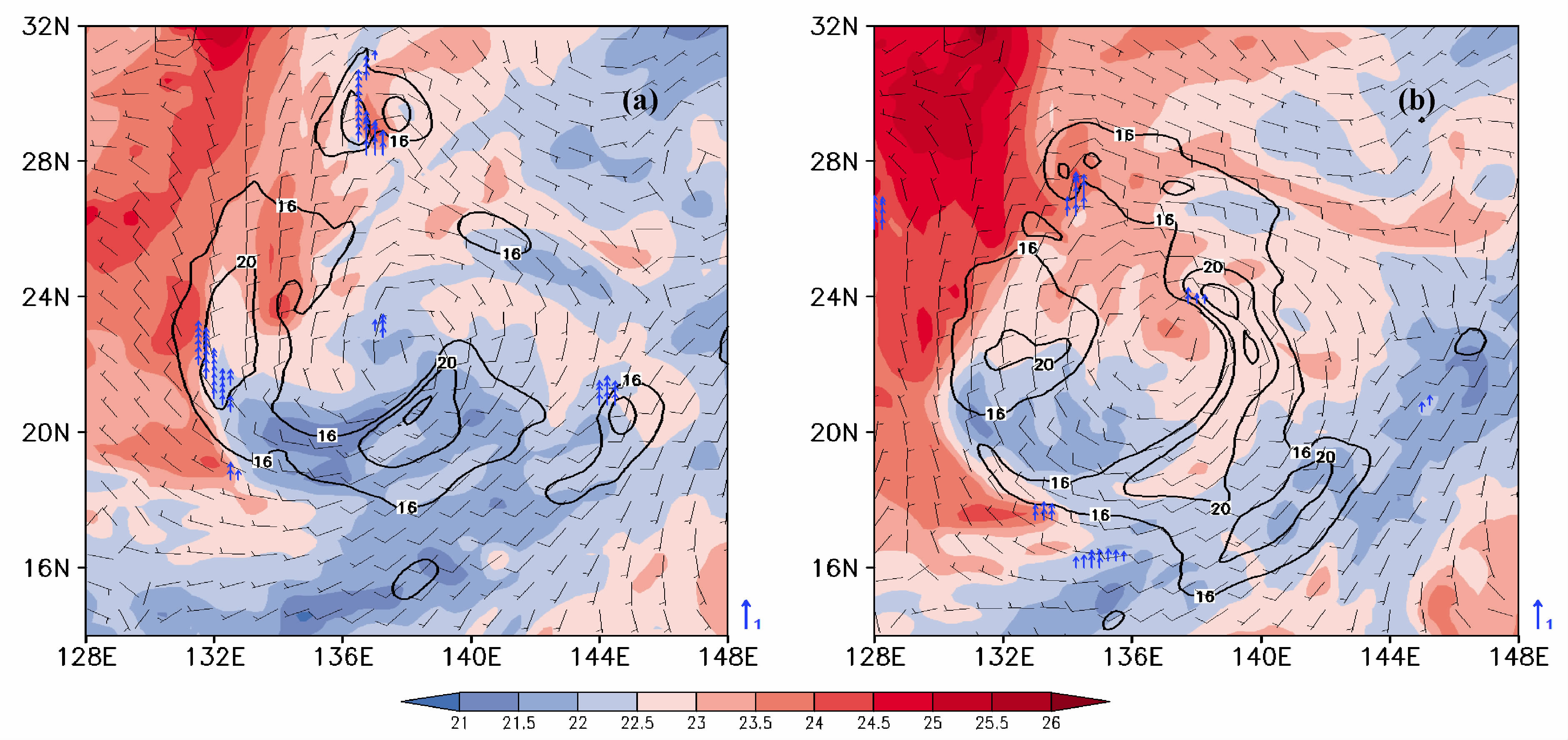
This project analyzes tropical cyclone formation and extratropical transition over the western North Pacific, showing that strong storms are more likely to undergo ET and that upper-level cold vortices and the subtropical high play key roles in both processes.
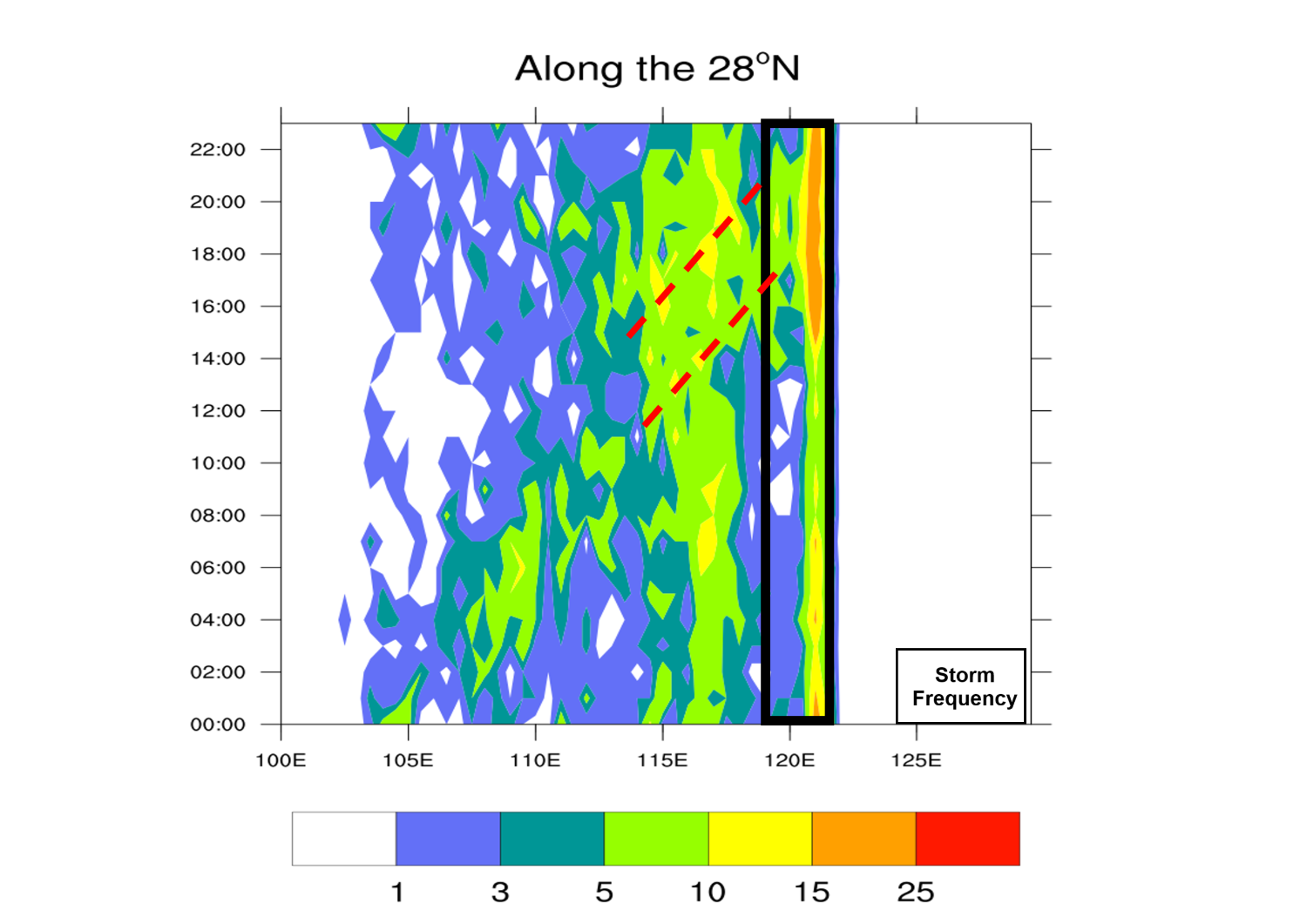
Severe convective events are closely linked to the region’s complex terrain and land-sea interactions. Analysis and WRF simulations show that coastal mountains and latent heat release play key roles in triggering and sustaining convection.